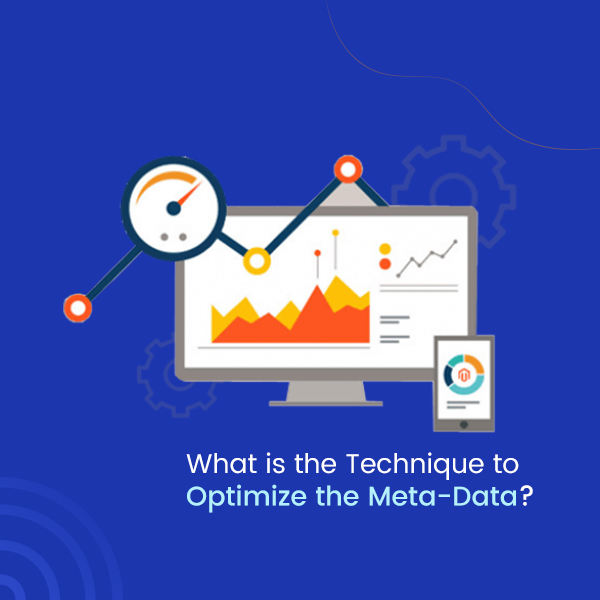
The term “Meta-Data” is used to describe information that is within the coding of your site that will reach the search engine used to report your page. The programs sent by search engine companies are called “spiders” which gather information about your site and determine how to display it on the search result page. Metadata of yours will be the key information that tells your users and the Search Engine Optimization about your site. If your Meta data is consistent with the intended theme of your site, then it will automatically increase the chances of ranking your site well on the search engine result page and increases the odds of attracting qualified traffic.
There are three types of Meta-Data; they are as follows,
- Meta-titles.
- Meta-descriptions.
- Meta-keywords.
All three of these can be viewed from any website by selecting the “Page Source” option “View” in your browser toolbar. This should be present with the page of code, from which you can view meta-data. You may use this “View page source” approach to viewing the information about the Metadata of your site or your competitors sites who already ranked high in search engines. Now it’s time to break down three types of metadata, their impact on SEO of yours, and how they affect the experience of your visitors.
1. Meta-title :
Your Meta-title tag will be visible to users and also to the search engine spiders to show to both your visitors and search engines about your page.
You can see how important your meta-title makes a clear view of the theme of your web page. Primary keywords also play a very important role in the web page that contains the Meta-title.
For example, if the theme of your site is “how to overcome anxiety” the primary keyword for this will be “overcome anxiety” would be the correct Meta-title. Also, keep in mind that only 35 characters which are written first (including spaces) of your Meta title can be visible to visitors.
2. Meta–Description :
This Meta-Description will appear directly below your Meta-title while your site information will be displayed on SERP.
Meta-Description for you is like a classified ad for your web page. It will be relevant to the theme of your site; it also will encourage the right visitors to click on your site. It is also important that your Meta-Description should be interesting and also have to give a reason for visitors for visiting your site.
The first few words from the keywords are also used as the Meta-Description for getting the best results. you should have to match your Meta-Description should have to match with the first 160 characters of content on your web page will ensure that the visitors get exactly what they expect from while they visit your site.
3. Meta-Keywords :
These Meta-Keywords will not visible to visitors like your Meta-title and Meta-descriptions. Rather, it will tell the search engine spiders from which your site keywords are optimized.
Your meta-keywords must be consistent with the keywords for which your page content is optimized and your Meta keywords will be assigned to each page according to the overall structure of your site.
Meta-Data Editing :
Viewing the source of your browser will not get enable you to edit your Meta-Data. However, in a program like Dreamweaver, you will be able to view your code and find the Meta-description and simply type the information desired to your Meta-Description, Meta-Title, and Meta-Keywords.
Another option for selecting Metadata is that you want to hire a web programmer to input it into your code. As long the already provided information you want, this work will no longer than two minutes per page. Therefore, if your site is less than 30 pages, you shouldn’t have to pay a programmer for more than one hour’s worth of work.
Conclusion :
Optimizing the Meta-Data with these three types will help in promoting the value of your site to the search engines and also to your visitors alike, will increase the number of visitors to your site and also will give you more opportunities for monitoring your account’s web traffic or gather the leads of your business.